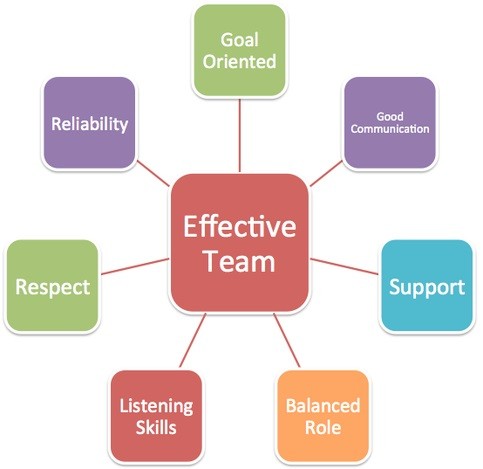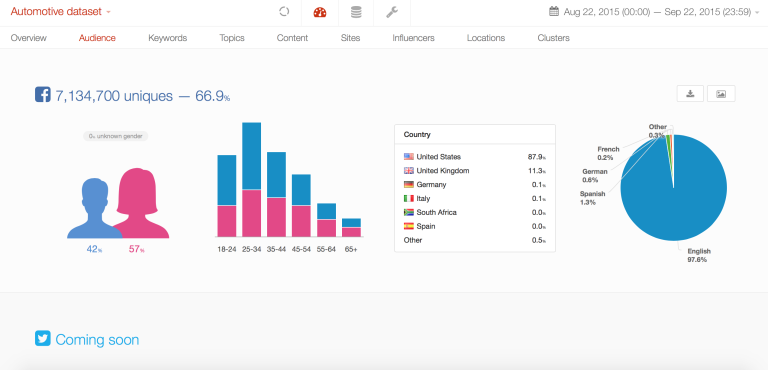Authentic Recognition Improves Culture: Boost Morale and Engagement
Authentic recognition improves culture by fostering trust and boosting employee morale. It encourages a positive and collaborative work environment.
Authentic recognition serves as a cornerstone for a thriving workplace culture. Genuine appreciation acknowledges employee efforts and achievements, making them feel valued. This fosters trust, enhances morale, and motivates employees to perform better. Recognized employees are more likely to stay engaged, reducing turnover rates.
A culture of appreciation encourages collaboration, innovation, and productivity. Leaders who consistently offer authentic recognition cultivate a supportive and dynamic work environment. This leads to overall organizational success. Implementing a structured recognition program can ensure consistent and meaningful appreciation, reinforcing the company’s values and vision. Authentic recognition is a powerful tool for building a positive workplace culture.
Importance Of Recognition
Recognition in the workplace holds immense value. It enhances employee satisfaction and drives a positive culture. Employees feel valued and appreciated when recognized. This boosts their morale and productivity.
Impact On Employee Morale
Recognizing employees’ efforts significantly impacts their morale. They feel their hard work is noticed. This acknowledgment leads to a positive attitude towards work.
A high morale environment fosters loyalty. Employees are less likely to leave the organization. This results in lower turnover rates and higher retention.
Connection To Engagement
Employee engagement is closely tied to recognition. Engaged employees are more involved in their tasks. They show greater enthusiasm and dedication.
Recognition serves as a motivator. It encourages employees to maintain high performance levels. Engaged employees contribute to a thriving workplace culture. They are also more innovative and collaborative.
| Benefits of Recognition | Explanation |
|---|---|
| Boosts Morale | Employees feel valued and motivated. |
| Reduces Turnover | Retention rates increase with high morale. |
| Enhances Engagement | Employees show more dedication to their tasks. |
| Promotes Innovation | Engaged employees contribute new ideas. |
- Encourages a positive work environment
- Fosters loyalty among employees
- Increases productivity levels
- Enhances team collaboration
Types Of Recognition
Understanding the types of recognition is essential for fostering a positive work culture. Different recognition methods cater to various needs and situations. They help in appreciating employees’ contributions effectively. Let’s explore the primary types of recognition.
Formal Vs. Informal
Formal recognition involves structured programs and ceremonies. It often includes awards, bonuses, or certificates. This type of recognition is planned and consistent.
- Annual awards ceremonies
- Monthly performance bonuses
- Certificates of achievement
In contrast, informal recognition is spontaneous. It can be verbal praise or a simple thank you note. Informal recognition is flexible and can happen anytime.
- Verbal praise during meetings
- Handwritten thank-you notes
- Public acknowledgment in team chats
Peer-to-peer Recognition
Peer-to-peer recognition allows employees to appreciate each other. This type of recognition builds camaraderie and trust. It creates a supportive work environment.
Methods of peer-to-peer recognition can include:
- Public praise in team meetings
- Recognition programs where peers nominate each other
- Shared digital platforms for giving kudos
Peer-to-peer recognition encourages a positive atmosphere. It empowers employees to value each other’s contributions.
Implementing Recognition Programs
Implementing recognition programs fosters an authentic culture of appreciation. Genuine recognition boosts morale, enhancing overall workplace environment and productivity.
Common Obstacles
Lack of awareness about the importance of recognition.
Inconsistent practices across different teams or departments.
Limited budget for implementing recognition programs.
Effective Strategies
Educate employees on the benefits of authentic recognition.
Standardize recognition processes company-wide.
Utilize peer-to-peer recognition for a cost-effective approach.
Challenges And Solutions
Measuring success in implementing authentic recognition is crucial. It helps to understand the impact on company culture. Use specific metrics to evaluate this impact. Regularly assessing these metrics can drive continuous improvement.
Key Metrics
To measure success, track the following key metrics:
- Employee Engagement: Use surveys to gauge employee involvement.
- Retention Rates: Monitor how many employees stay with the company.
- Productivity Levels: Track output and efficiency rates.
- Feedback Scores: Collect feedback from employees about recognition programs.
These metrics provide a comprehensive view of your recognition program’s impact.
Continuous Improvement
Continuous improvement ensures your recognition program remains effective. Review your metrics regularly. Look for areas needing adjustments.
Consider these steps for continuous improvement:
- Analyze Data: Look at trends in your key metrics.
- Gather Feedback: Collect input from employees about the program.
- Implement Changes: Make necessary adjustments based on data and feedback.
- Review Regularly: Set a schedule to review and tweak the program.
By focusing on these steps, you can ensure your recognition program evolves effectively.
Frequently Asked Questions
Why Is Recognition Important To Culture?
Recognition boosts morale and fosters a positive work environment. It encourages productivity, loyalty, and strengthens organizational culture.
How To Improve Culture Of Recognition?
Recognize achievements regularly and publicly. Encourage peer-to-peer recognition. Implement a rewards system. Provide personalized feedback. Foster a supportive work environment.
How Can We Build A Culture That Encourages And Values Recognition And Praise?
Encourage open communication and regular feedback. Recognize achievements publicly. Implement reward systems. Train leaders to value and express appreciation. Promote a supportive environment.
Conclusion
Authentic recognition fosters a positive work culture and boosts employee morale. It encourages teamwork and enhances productivity. Consistent, genuine appreciation can transform your workplace. Start recognizing achievements today and see your company thrive. For a healthier, happier work environment, prioritize authentic recognition.




